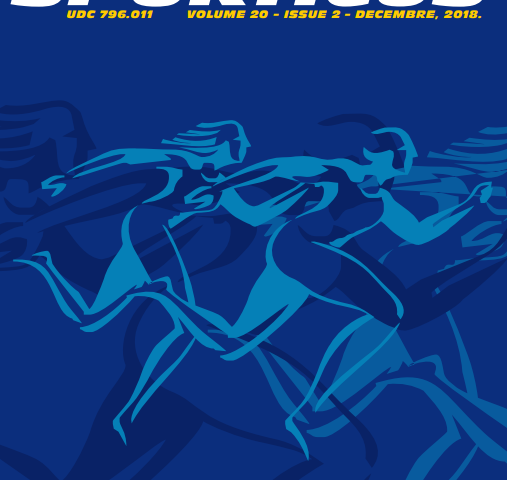Abstract
The aim of this research was to determine the differences in the rate of development of ventilation capabilities in 12 to 15-year-old boys who systematically train football, and boys in the same age group who are not involved in any sports. The research included 40 football players and 40 non-players, divided into chronological age groups U12, U13, U14, and U15. Ventilation capabilities are represented with 10 parameters: forced vital capacity, forced vital capacity in percentage predicted, volume of air exhaled during the first second, volume of air exhaled during the first second in percentage predicted, Tiffeneau index, percentage of the predicted Tiffeneau index, forced expiratory flow, forced expiratory flow 25-75% of FVC, forced expiratory flow 75-85% of FVC, and maximum expiratory flow. The difference between the arithmetic mean of groups and the development rate of the variables is determined by one-way analysis of variance (ANOVA). Non-players have a higher and faster growth in value for most variables until the age of 13, followed by a gradual stagnation and decline in values, while football players have a more balanced growth in values until the age of 13, and they experience the maximum in development at 14 years of age, after which it begins to decline slightly. The obtained values confirm that boys who are participating in systematic sport training have a continuous rate of development of pulmonary ventilation, and have greater capacity values, as well as better airway patency.


